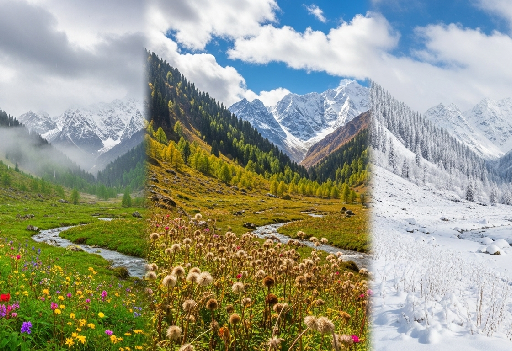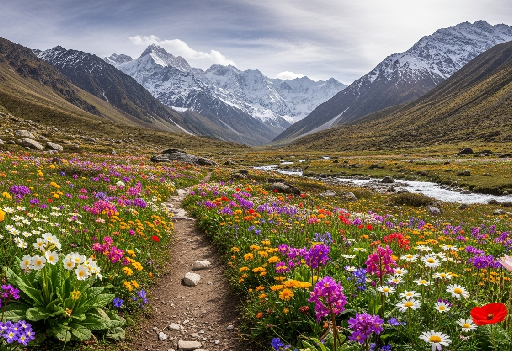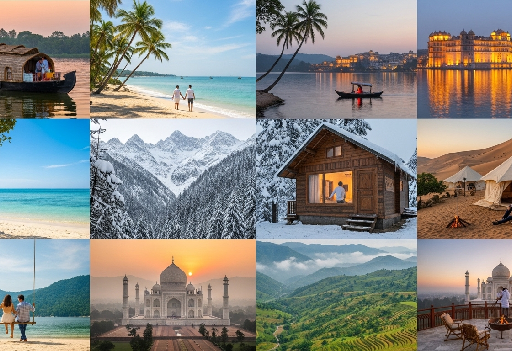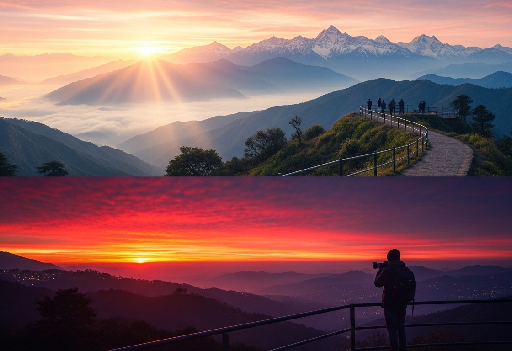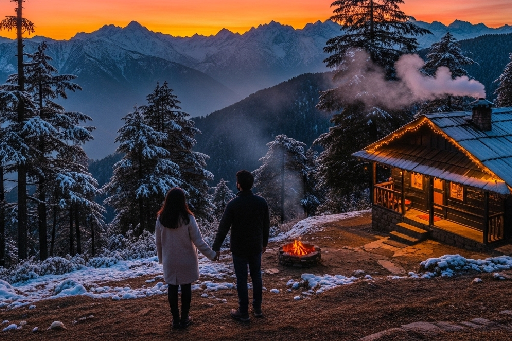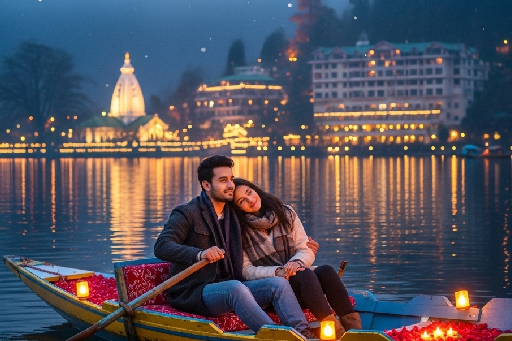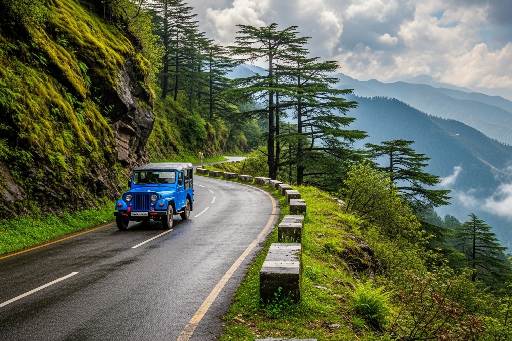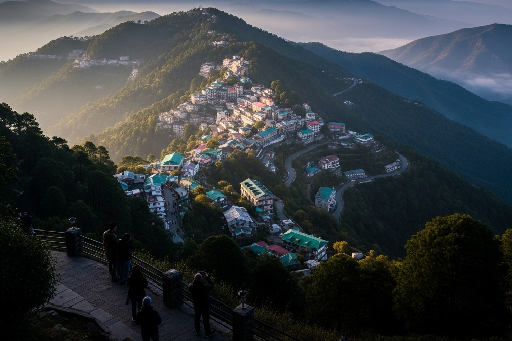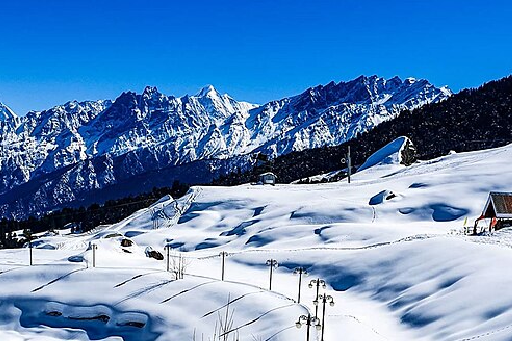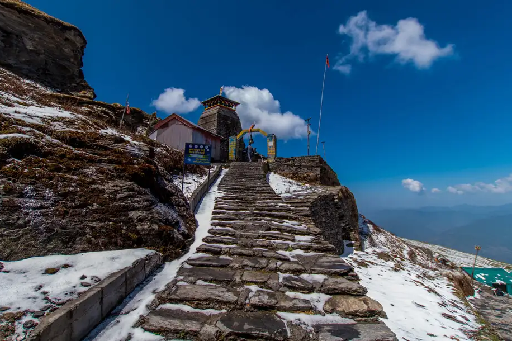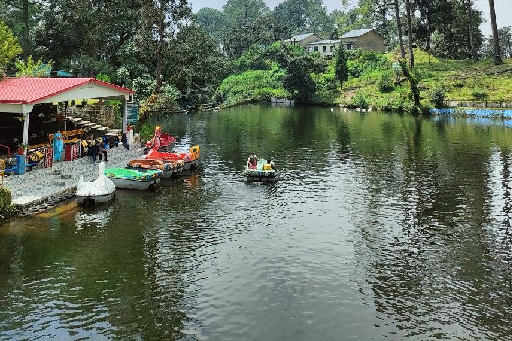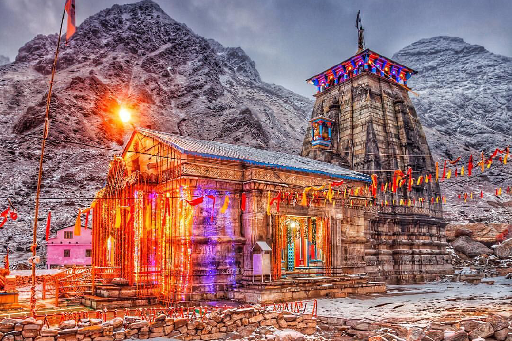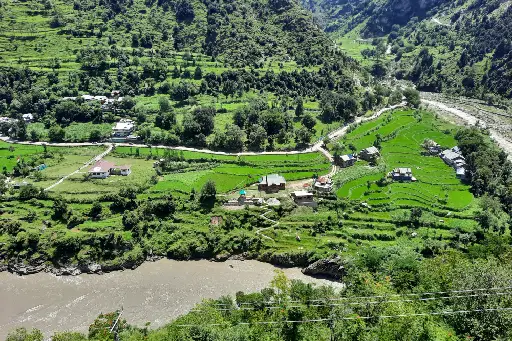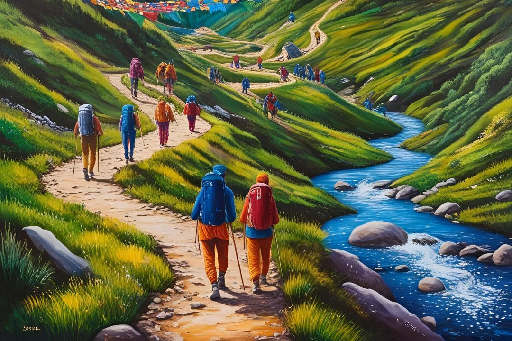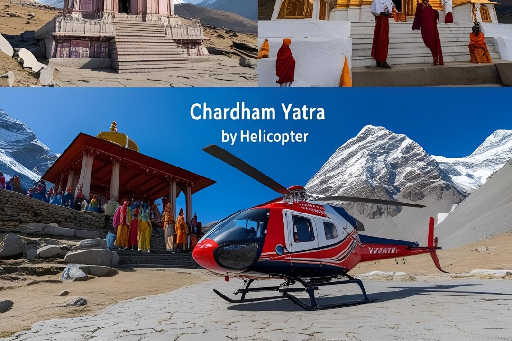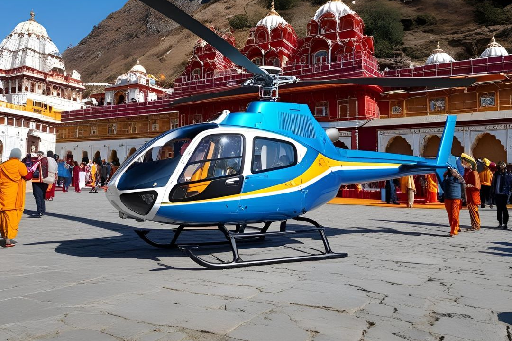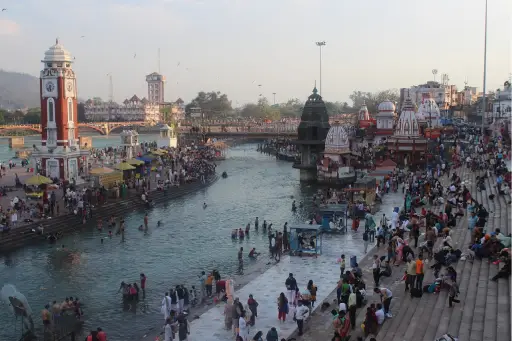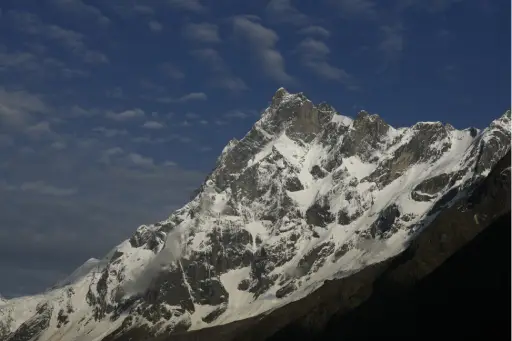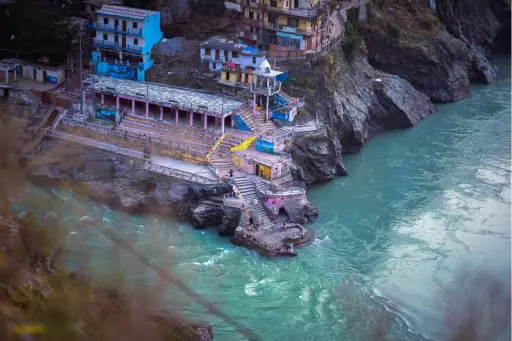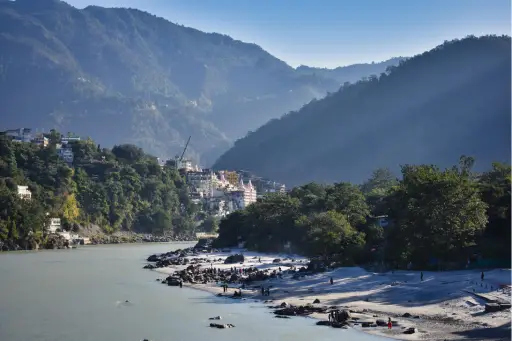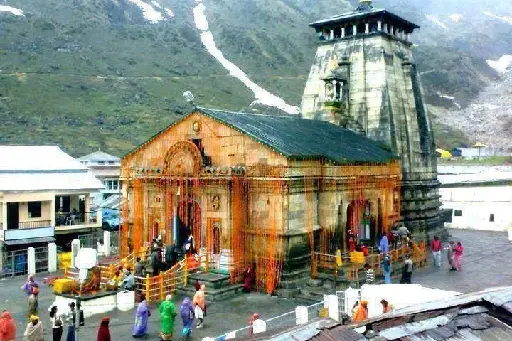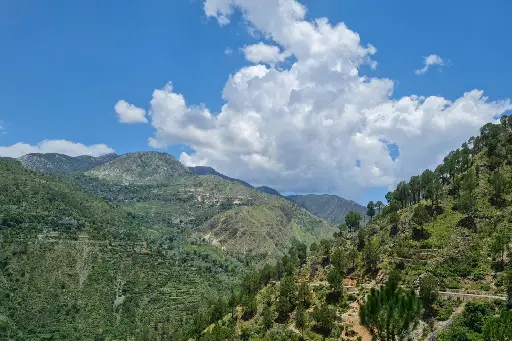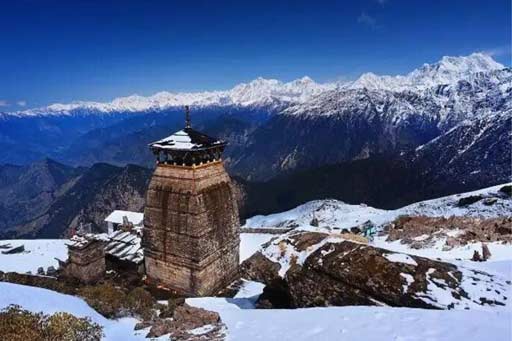Blog
Valley of Flowers Weather Guide: What to Expect in Different Seasons
The Valley of Flowers National Park in Uttarakhand is one of the most magical trekking destinations in India. Every year, travelers from around the world visit this UNESCO World Heritage Site to witness its breathtaking beauty. But before planning a trip, it is important to understand the Valley of Flowers weather and how it changes with the seasons.
This guide will help first-time visitors know what to expect during different months so that the trip becomes smooth and memorable.
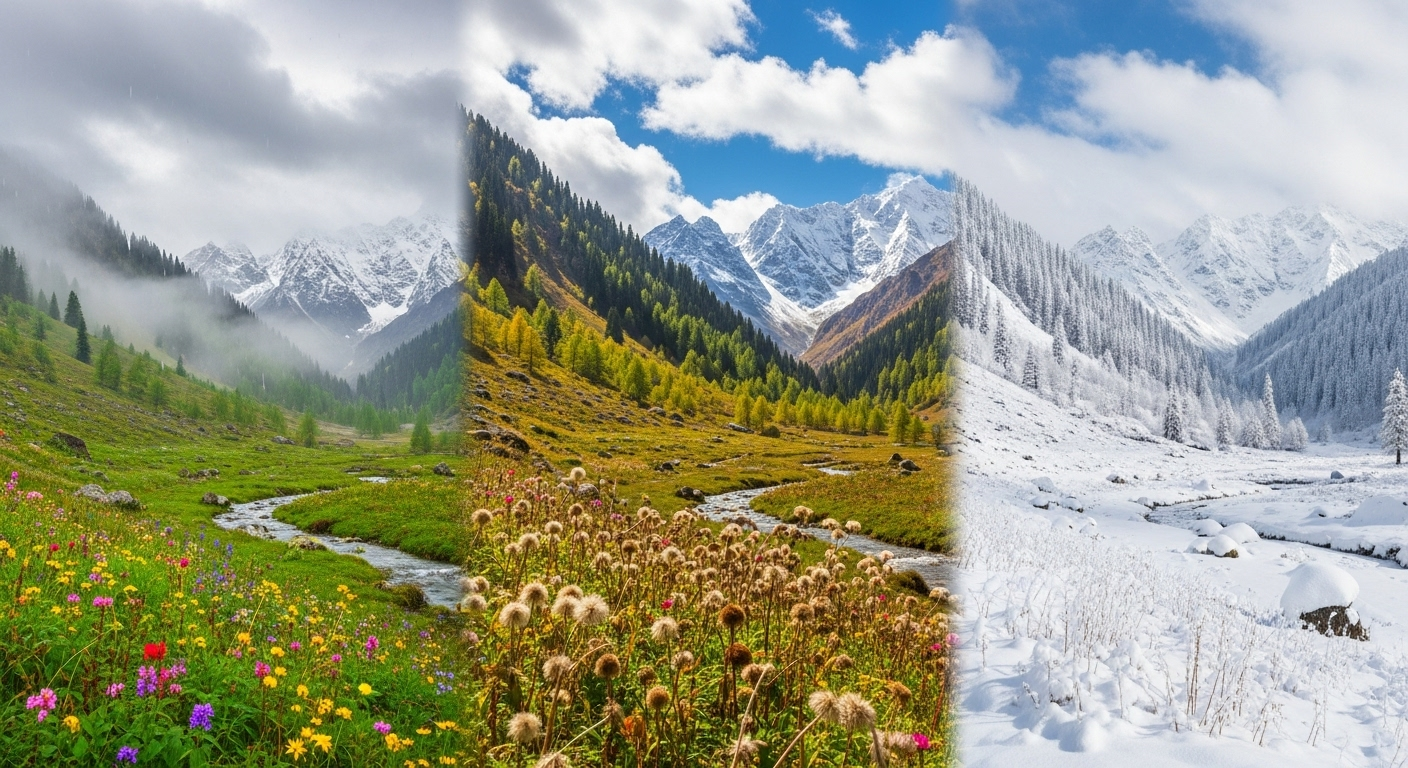
Valley of Flowers in Summer (June – July)
The valley reopens in June, after being snow-covered for months.
Snow begins to melt, revealing lush green meadows and the first bloom of flowers.
Temperature ranges between 12°C to 20°C, making it pleasant for trekking.
July brings in more varieties of flowers, though some parts may still be wet and slippery.
Valley of Flowers in Monsoon (August)
August is the peak season when the valley comes alive with thousands of blooming flowers.
Expect to see rare species like Blue Poppy, Cobra Lily, and Himalayan Bellflower.
The weather is rainy, with temperatures between 10°C to 17°C.
Carry raincoats and waterproof trekking gear, as the trails can get muddy.
Valley of Flowers in Early Autumn (September – Mid-October)
By September, the heavy rains reduce, and skies start to clear.
The valley looks fresh, with flowers still blooming but beginning to fade.
Weather is stable with temperatures around 7°C to 14°C.
Snow peaks become more visible, offering stunning photography opportunities.
Valley of Flowers in Winter (Late October – May)
From late October onwards, the valley closes due to heavy snowfall.
The entire region gets covered in thick snow and remains inaccessible.
Trekking and visits are not allowed during this period.
Travel Tips for Weather Preparedness
- Always carry layers of warm clothes, as weather changes quickly in the Himalayas.
- Waterproof jackets, trekking poles, and proper shoes are must-haves.
- Keep an extra day in the itinerary in case of weather delays.
- For hassle-free arrangements, consider booking a valley of flowers tour package that includes transport, stay, and guided trekking.
Conclusion
The Valley of Flowers weather changes dramatically with each season, offering something unique for every traveler. Whether it’s the fresh bloom in June, the colorful monsoon flowers in August, or the serene views of September, the valley never fails to amaze.
Plan wisely according to the preferred season, and get ready to explore one of India’s most beautiful trekking destinations with Tours Club India.
Related Blogs

